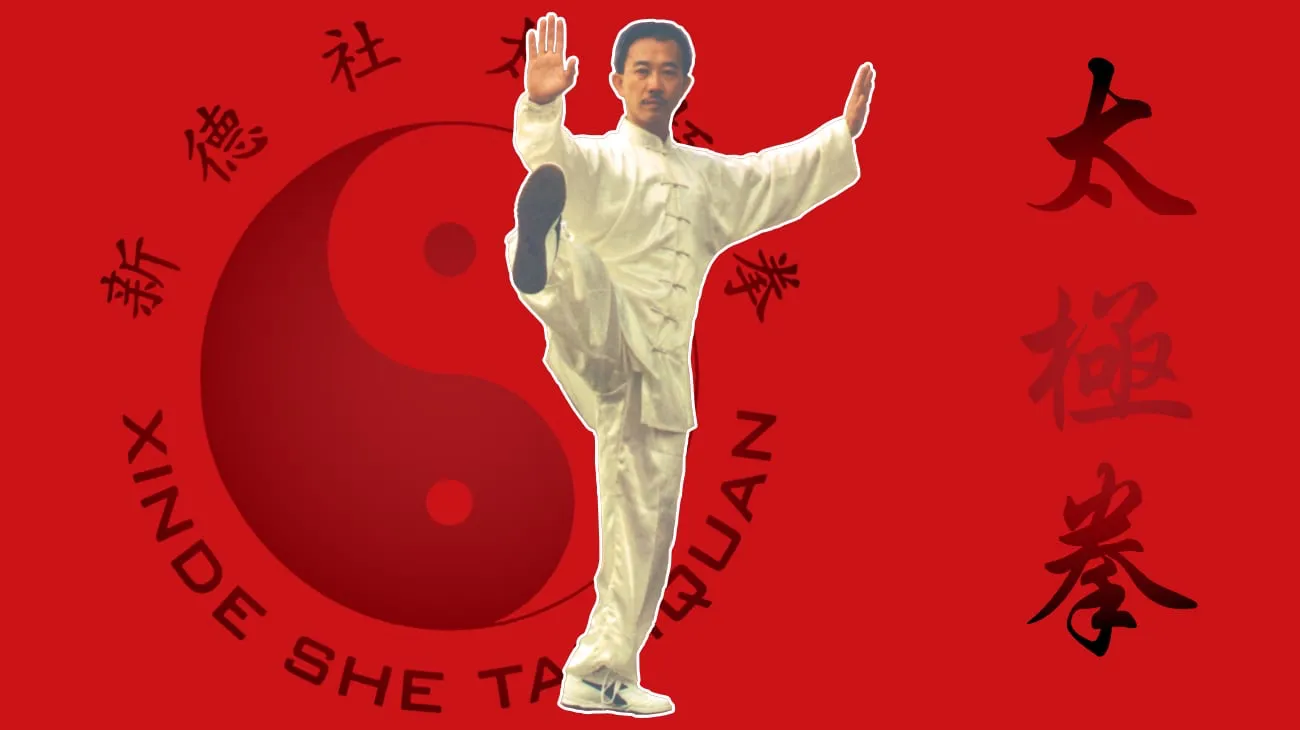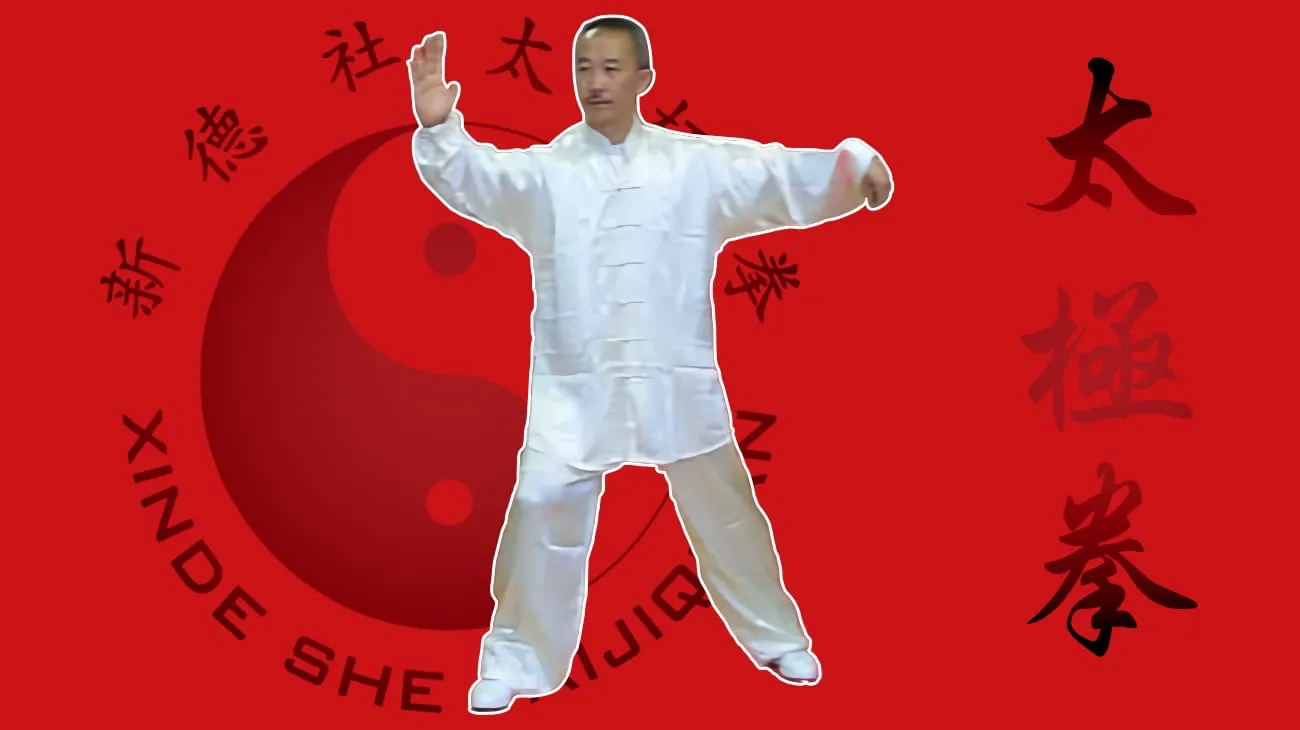The Taijiquan Training
The Chinese characters for Tai Chi Chuan or Taijiquan can be translated as 'Supreme Ultimate Force'. The term 'supreme ultimate' is often equated with the Chinese concept of yin and yang, the idea that one sees a dynamic duality in all things. 'Force' or 'Chuan' can be seen here as a means of achieving this Yin Yang balance or as a 'supreme ultimate' discipline.
Tai Chi, wie es heute im Westen praktiziert wird, war zum Zeitpunkt seiner Entwicklung eine sehr potente Kunst und wurde von einigen Familien nur unter sich praktiziert. Tai Chi Chuan, wie es ursprünglich konzipiert wurde, enthält Bewegungen aus der Kampfkunst. Die Methode des Kampfes basiert auf dynamisch interagierenden Kräften. Das Neutralisieren und Kontern der Gewalt des Gegners bedarf ein Zusammenspiel von Energien. Das ist Tai Chi in seinem höchsten Ausdruck.
For many, the focus is primarily on meditative practice for the body and for health. For others, the martial aspects of Tai Chi are of great interest. Nevertheless, most major Tai Chi styles place a great deal of emphasis on the correct meaning of the movements through training applications.
In Chinese philosophy and medicine there is the concept of 'chi', a life force that animates the body. One of the stated aims of Tai Chi is to activate the flow of 'Chi' within the body. This process has the effect of improving the health and vitality of the person as the 'chi' circulates throughout the human body, much like the blood in the cardiovascular system. As this also strengthens the nervous and vascular systems, there is a close connection with the practice of acupuncture and other oriental healing arts.
The concentrated and precise execution of the exercises promotes mental relaxation and leads to an improvement in concentration. Furthermore, the understanding of balance, alignment and fine motor skills of the body are improved. Many medical practitioners recommend Tai Chi Chuan training for young and old because of the health benefits.


